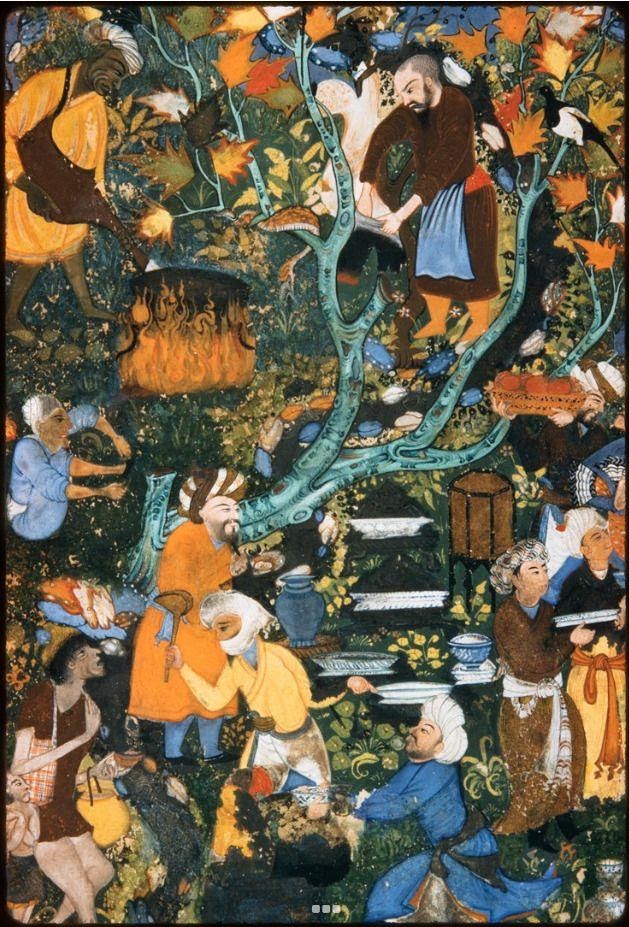How Afghan Civilians Resisted the US Occupation
As seen by US troops
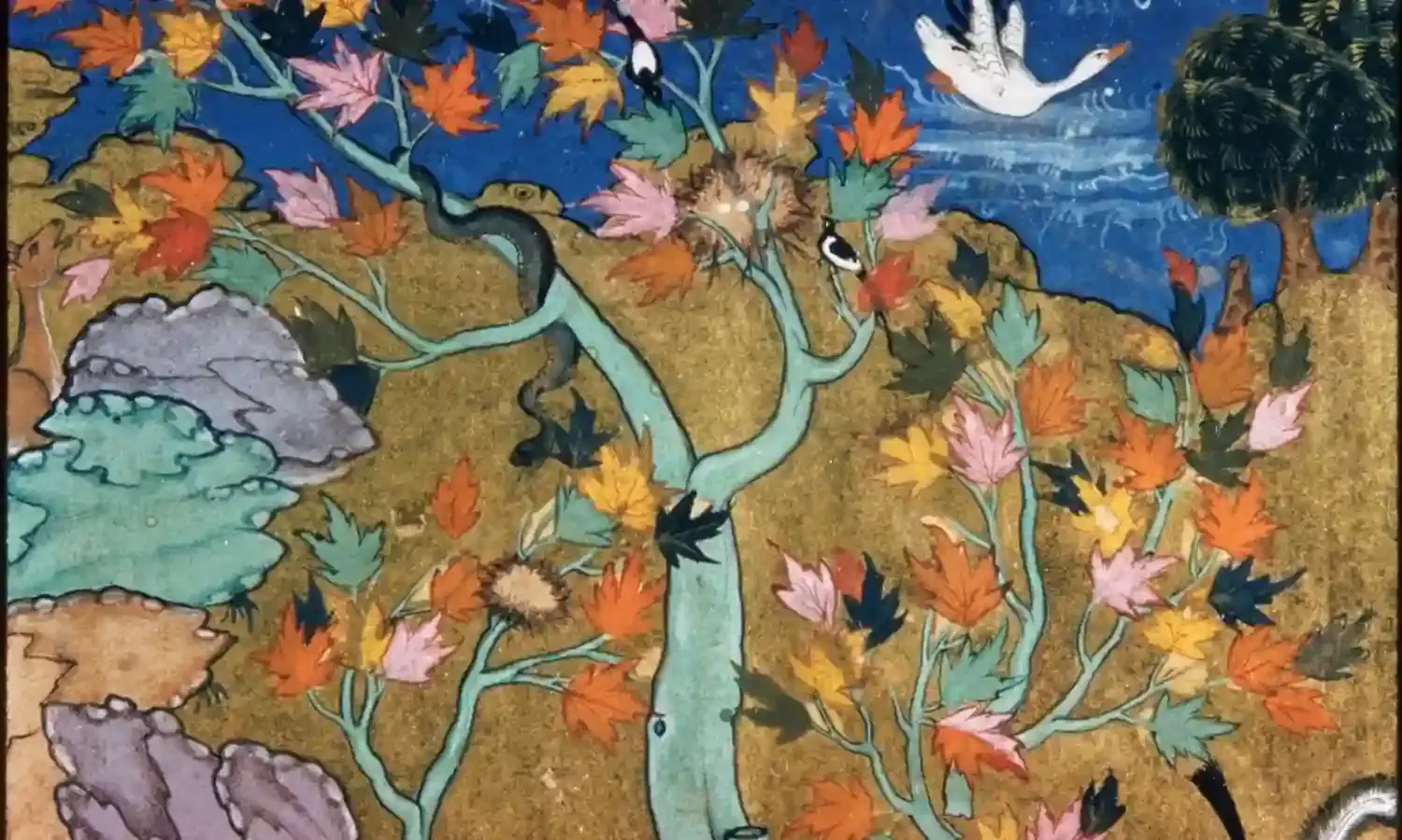
“The elders were very relaxed after the main talking points of the shura and seemed to enjoy sitting around drinking chai and talking about smaller issues in the valley. We asked how the weddings went last week and Haji Zahwar Khan and Haji Mir Afzel said they went well and they had a big party in Darbart.
“We joked and asked if we could come next time. They responded that the only Americans allowed were Lt Winn and Lt Varner, but they had to leave the guns on base because guns were not allowed in the villages.
“They initiated a conversation with the American lieutenants about the upcoming election. They asked straight forward if we were going to vote for a new president and then explained the duties of voting. HZK and HMA wanted to know if we would be voting for Bush again or The Wife of Clinton.
“It shows the depth and amount of knowledge these men have. They likely hear about these current events on their trips to Kandagal and Asadabad..”
This report of a meeting between US soldiers and village elders in the Korangal valley of eastern Afghanistan is in the archive revealed by Chelsea Manning and published as the Afghan War Diary on Wikileaks - thousands of combat, intelligence and diplomatic reports cabled to the US government between 2004 and 2009.
Unlike this amicable account of cooperation – one of the elders would request a hand crank radio from the troops so he could keep up with the news – the leaks revealed a grisly war and invasion pushed on the people of Afghanistan.
Over 200 demonstrations were logged in that six year period. Although fewer than the 7,000 IED explosions or 180,000 murdered civilians, these records are the occupiers account of the largely peaceful assemblies of Afghans who risked their lives to resist the occupation and its war.
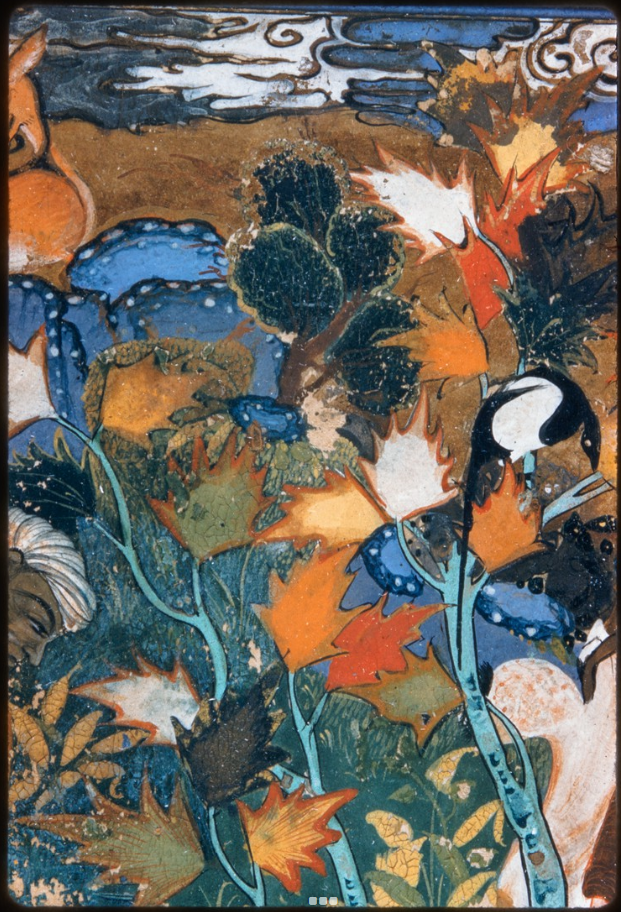
“A rally was conducted today in Mando Zayi to protest the Coalition Mission.. from 1000-1300 local, with estimated 200-400 people.. No reports of violence!” states a report from December 2006.
“Major theme is anger at the Coalition for the mission and other missions this past summer / early fall (Mullah killed (Jul) and non-combatant woman killed (Sep)).
“There appears to be no anti-Coalition sentiment beyond these incidents in other words, no all out anti-Coalition theme!”
The report describes how the protestors from Mando Zayi told the soldiers that during the “mission” conducted in their village they had thought they were being attacked by the Taliban.
That the four people killed were innocent, and the Coalition should not have called them “terrorists” in its press release.
That those “collected for questioning” had in fact been beaten brutally.
The cable concludes that “As of 2115 local, coverage of the rally had already hit the evening TV and radio”, and it warns of a possible rally again the next day.
Indeed the bulk of the demonstrations in these records were against bloodshed by the NATO coalition.
In September 2006 more than 100 elders and local nationals gathered in the provincial capital of Farah to protest the killing of a young woman in a “search operation”.
“The demonstrators warned that they would ‘take the law into their own hands’ if coalition forces continued with ‘unwarranted’ search operations in their areas.”
In October, a “mob” of 300 people angered by the murder of a local vendor gathered in Bazar-e Panjwai in Kandahar, starting fires and attacking trucks transporting gravel for the US military.
In November from Barshor near the border with Tajikistan it was reported that “people in the area have been demonstrating for the past two days against the activities of illegally armed groups.” 500 people had gathered to demand that the NATO forces disarm these groups.
Next day in Paktika along the eastern border was a small peaceful protest at the provincial governor’s compound. Some 100 people were demanding the removal of a platoon leader in the Afghan National Army who had been “harassing and beating” civilians.
The report claims that the platoon leader in question had already been dismissed, and that after a two-hour meeting with police and army representatives “all the protesters departed peacefully.”
Protestors also often arrived at US military bases and camps, sometimes burning tires and shouting slogans until they got a response.
An innocuous cable describes how US soldiers received 100 local civilians at the front gate of forward operating base Tillman in Paktia, who “wanted to discuss the CDE issue that occured on 13 Feb 07 in Gayan.”
CDE is short for collateral damage estimate. “The group wanted to discuss the whereabouts of personnel detained from their village during a raid a couple days prior.”
More collateral damage would be reported from Gayan, where in August 2008 three children were killed and seven civilians wounded by ISAF-fired artillery shells.
There was also anger at midnight abductions and disappearances.
A non-violent protest by approximately 5,000 people was reported near Jalalabad in March 2007, with the protestors demanding the release of three people “detained in a raid last night”.
In Shindand near the subgovernor’s house that May there was a large demonstration about the increase in the level of violence. “The citizens are extremely disgruntled over the security situation within the area.”
Some of the protests turned violent. In June, 200 people who had survived a rocket attack blocked the highway near Jalalabad. The cable describes the “locals feeling that coalition forces were doing too little to protect and secure the district. The locals were burning tires and preventing traffic from passing through.”
Another chakka jam near the Surobi dam to protest coalition “strikes” in the Uzbeen valley succeeded in blocking a US military convoy of six armoured vehicles, and forcing it to turn back to Jalalabad.
In response, “Some shoots from crossroad Violet / Crimson were performed.”
A later update adds that the Afghan Army “may have shot on the demonstrators resulting in civilian casualties. The demonstration is now dislocated.”
And in Kabul that winter, “At 0600Z outside Kabul a group of 20-30 middle aged men and children were observed holding placards with pictures of IEDs, RPGs, and AT mines.”
More peaceful protestors would hit the streets in Kabul when traces were uncovered of an earlier invasion. 60 people demonstrated near the city police checkpoint at the UN Mission “in order to collect information about a mass grave discovered two weeks ago”. The mass grave was the remains of a Soviet prison, where hundreds of blindfolded bodies were bound.
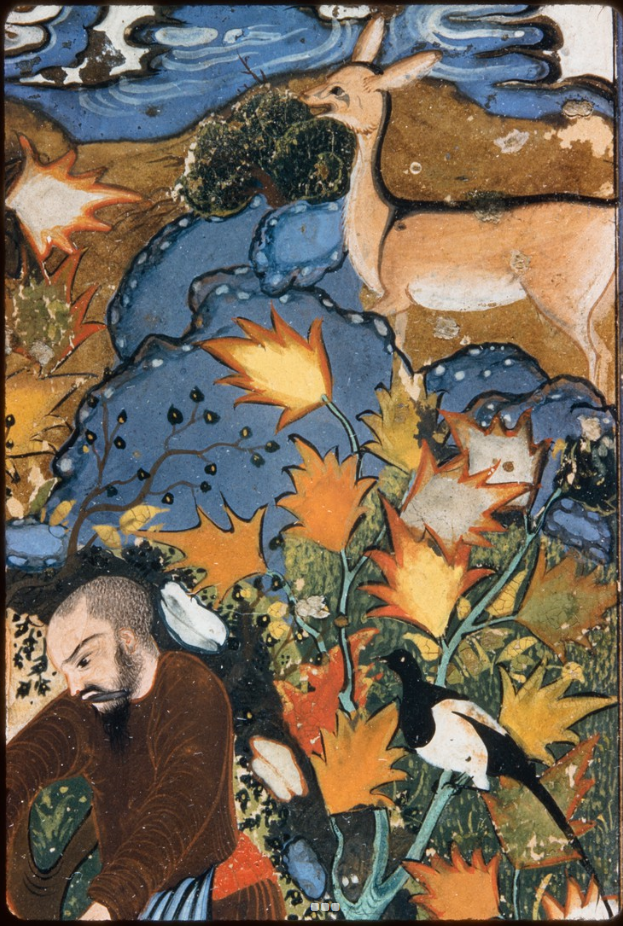
Another recurring cause of the protests was economic.
On May 25, 2005 Task Force Sword reported 30-40 local nationals staging a non-violent gathering near the Bagram Air Force base. “The gathering consists of adults and children protesting the road upgrade construction and expansion by the US. Baseops has coordinated for local police to arrive on scene.” The protestors would reconvene twice again that month.
In September, in Khost near forward base Chapman as many as 3,000 protestors gathered to dispute a land grab for the construction of a new Afghan National Army compound.
“The crowd became violent,” said Task Force Devil. Three protestors were shot and wounded “as they climbed over the wall of the governor’s compound”.
The army and National Directorate of Security “worked with village elders to resolve the conflict. The crowd has dispersed.”
Some months later another crowd gathered at gate no.3 of the Bagram airbase. Some 150 protestors demanded to talk to US military personnel. “Demonstrators were preventing freedom of movement for contractors and their workers from Contrak International.”
Their complaints were as follows:
“1. Contractors working on base were hiring people from Kabul and not hiring people from the local villages. S5 informed the leaders that they became aware of this issue recently and were working a solution to this problem.
2. Since Contrak International arrived, they did not have water flowing through their villages. They claimed to know exactly where the stream stopped flowing. S5 took LNs to the stream outside Tower 24 to assess the situation. The stream was dry.
S5 told LNs that he would schedule something next week between him, the LNs, and Engineering to seek solutions to this issue or create an alternative to resolve this issue. Task Force Tiger reported the demonstration ended peacefully at 0430Z.”
But the protestors returned to Bagram the following month, as the issue of water drying up around the base had not been resolved. They also complained that contract labourers were being hired from Kabul. This time round the Afghan police were “dispatched to the site” to bring the demonstration under control.
Then in Ghazni City, on the same day in April 2006 some 150 civilians protested the relocation of local vendors’ shops. “The shops were moved for urban renewal,” the military report explains. “Shop owners were upset because their customer base was in the old area”.
Another peaceful demonstration saw rickshaws lined up by the governor’s mansion near Parwan. The drivers needed their licences renewed but the National Police had told them they could no longer drive on the roads in Parwan.
In Kabul some 350 people demonstrated peacefully against the extortion of bus drivers and shop owners. Local vendors also staged a march alleging extortion and interference by the ANP.
And in Bagram, “approximately 20 shopkeepers came to Camp Eggers expressing their displeasure at the seisure of goods from their shops by coalition forces.”
The seized goods were military property, the report claims.
In Pol-e Kumri, “As a part of the privatisation development in Afghanistan, it is planned to privatise the textile factory,” says a report of a demonstration by textile workers. “According to the old regulation, after 40 years work at the factory the service flat becomes their own property. The new owners of the factory want to cancel this rule”.
Unpaid dues were also sought by employees of the US-installed government.
A state department official arrived at Governor Deedar’s compound in March 2007, to be met with “about 100 protesting Aux Police that have not been paid in 6 months. Many of these Aux Police have been a stabilizing force along the main LOCs and have been diligently working.. All of the group were angry”.
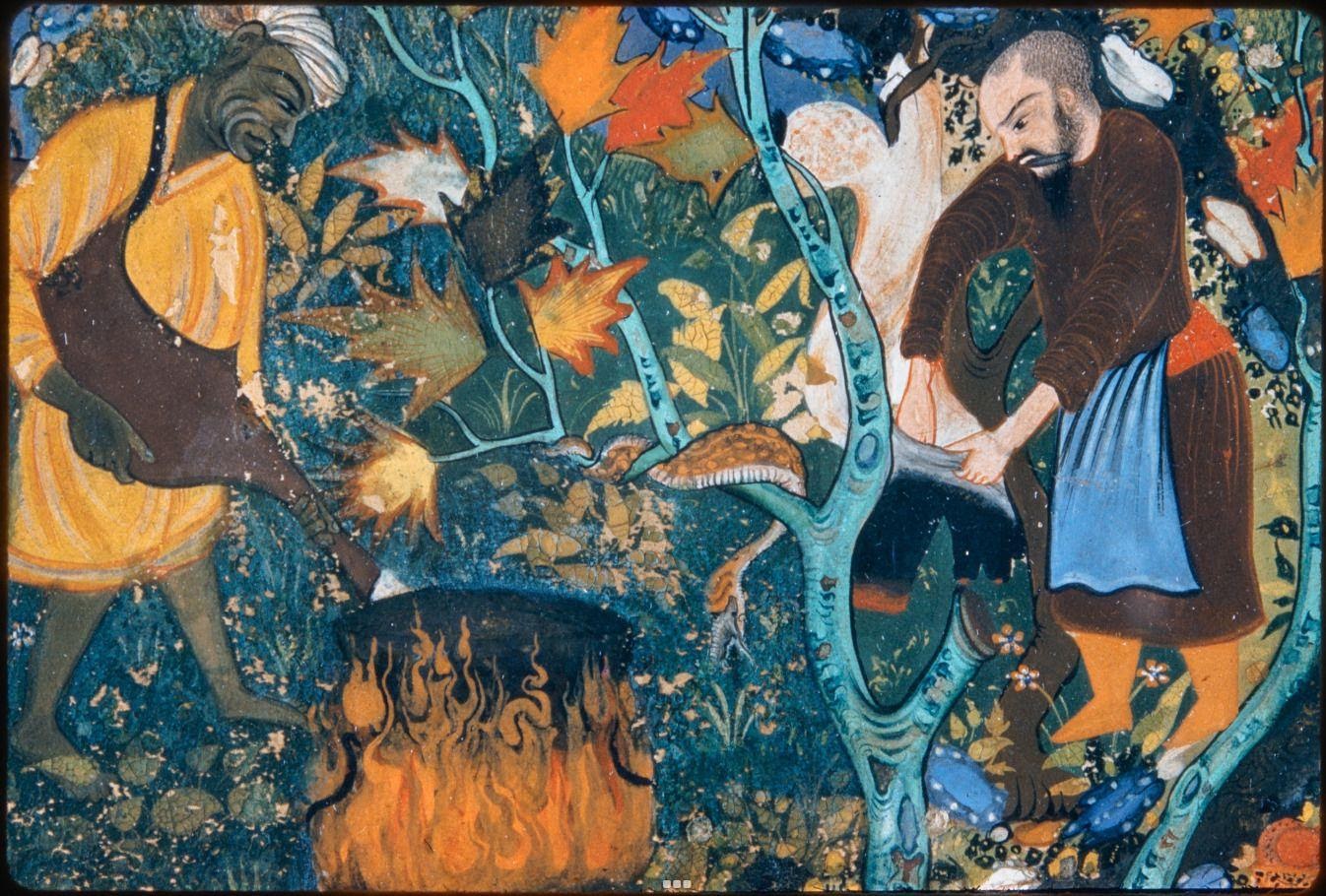
But the most frequent cause of economic unrest was the invaders’ own accumulation. In July 2007, again in Parwan, a protest was reported that “is peaceful at this time and the demonstrators are posing no threat to the FETT construction team.” In the course of the day the protestors would manage to halt construction and force negotiations on a military project known as the Eastern Expansion.
Finally, when the US political apparatus had matured somewhat, in March 2008 another Key Leader Engagement with Local Elders took place in Bagram.
“During the engagement with Local Elders outside tower 14 the following topic was discussed: Western Land Usage,” NATO was informed.
“Cincinnatus 6 met with 5 men identified as local village elders, along with known rabble rouser Gold Teeth. These 6 individuals appeared to be the leaders of a peaceful, orderly demonstration of approximately 200-300 Afghans. There were no women observed in the crowd, but approximately a quarter of the protestors were children.
“The local elders made the following claims/requests:
. There are 14 villages and 10,000 individuals that will be displaced
. Coalition Forces have already plotted a fence line out to the road
. GIRoA [the Government of the Islamic Republic of Afghanistan] must compensate the people because of the 40th article of the Constitution
. GIRoA does not speak for the people — communication must flow through the village elders
. The villages are not against the Coalition Forces or construction. They were among the first to welcome CF, but that doesnt give CF the right to take their property.
. The fliers that CF hand out are making locals angry.”
The locals asked the US representative to pressure their governor to meet them who had ignored them so far.
In response, “Cincinnatus 6 advised the village elders that Governor Taqwa was their governor, and it was their responsibility to contact him. The leaders responded that they had made attempts to contact the governor, and that a group of 50 of their villagers had gone to the governors compound.
“Governor Taqwa was not there, they said, but was in India seeking medical treatment. One of the leaders claimed that they only had two options should CF move the fence — move to the mountains, or leave Afghanistan.
“Cincinnatus 6 pointed out that the government had designated land for any displaced individuals, but the village elders claimed that no such land was ever promised them, or shown to them.
“Finally, Gold Teeth stated that today was not a good day to negotiate. The elders would prefer that Cincinnatus 6 attend their shura the following day (30 Mar 08).
“Cincinnatus 6 countered that he would not attend, but he would call Governor Taqwa and ask that he speak with the elders. The elders claimed that such efforts were futile, as the governor never listened to them.”
“Cincinnatus 6 explained that a year ago he laid out CF plans for western land usage, and gave the elders 30 days to work out land grants with their government. After those 30 days, Cincinnatus 6 gave them another 30 days. But the time for 30 day reprieves is over.
“Cincinnatus 6 stated that the conversation was over, that he would contact the governor, and that the elders had 24 hours to settle matters with their government.
“At that time the negotiation ended, and the elders were escorted outside the gate. It appeared that the crowd was beginning to disperse, and Cincinnatus 6 left Tower 14.”
